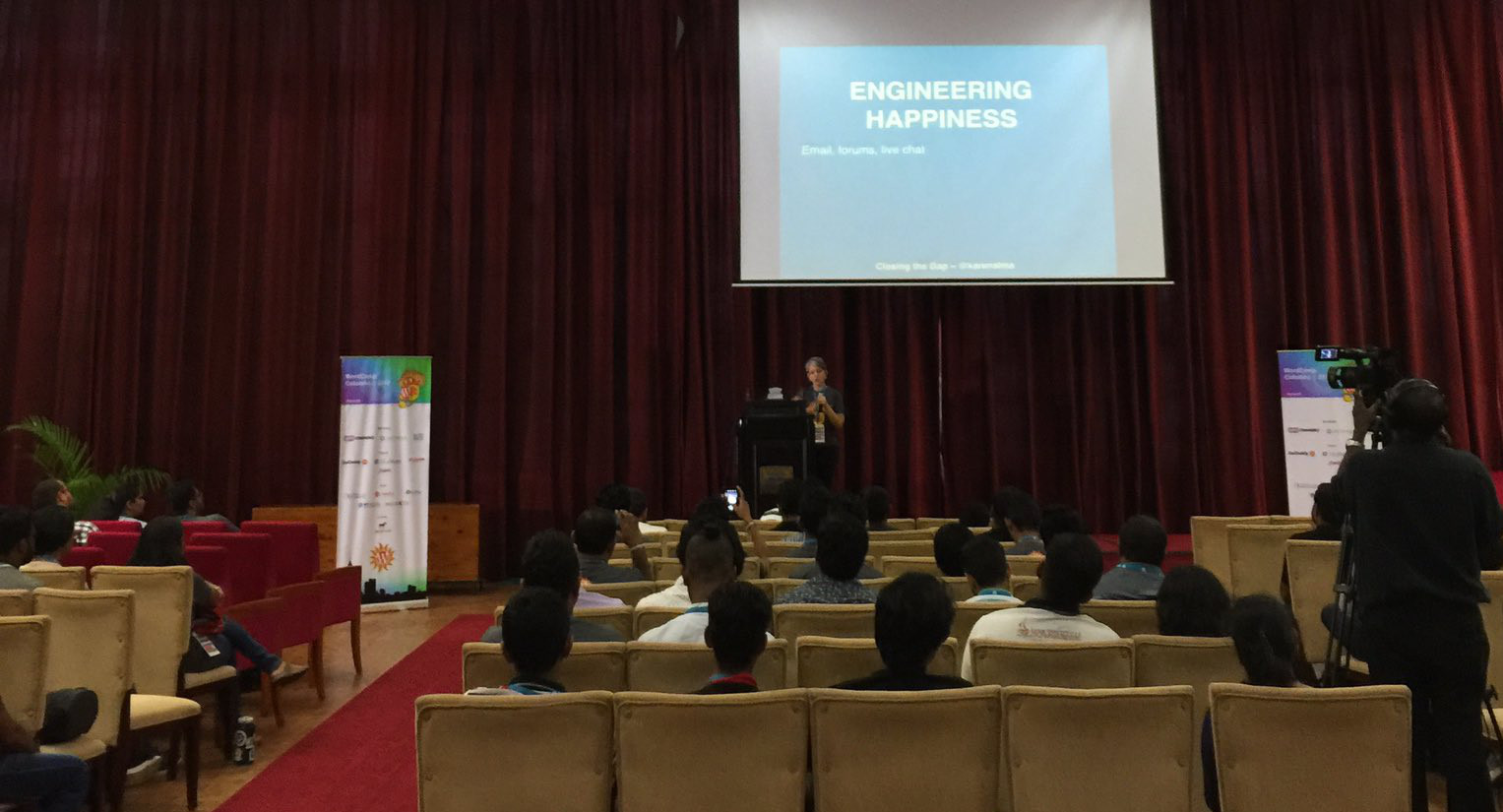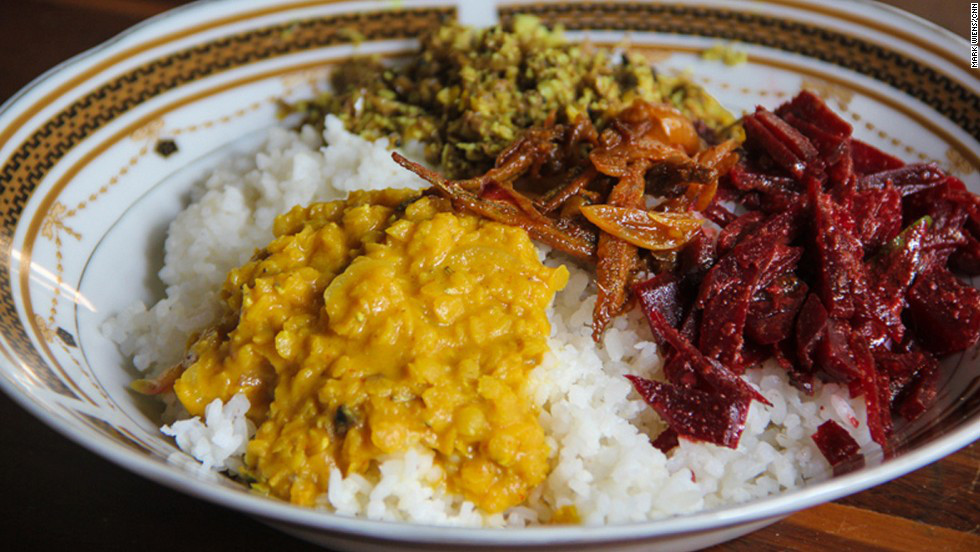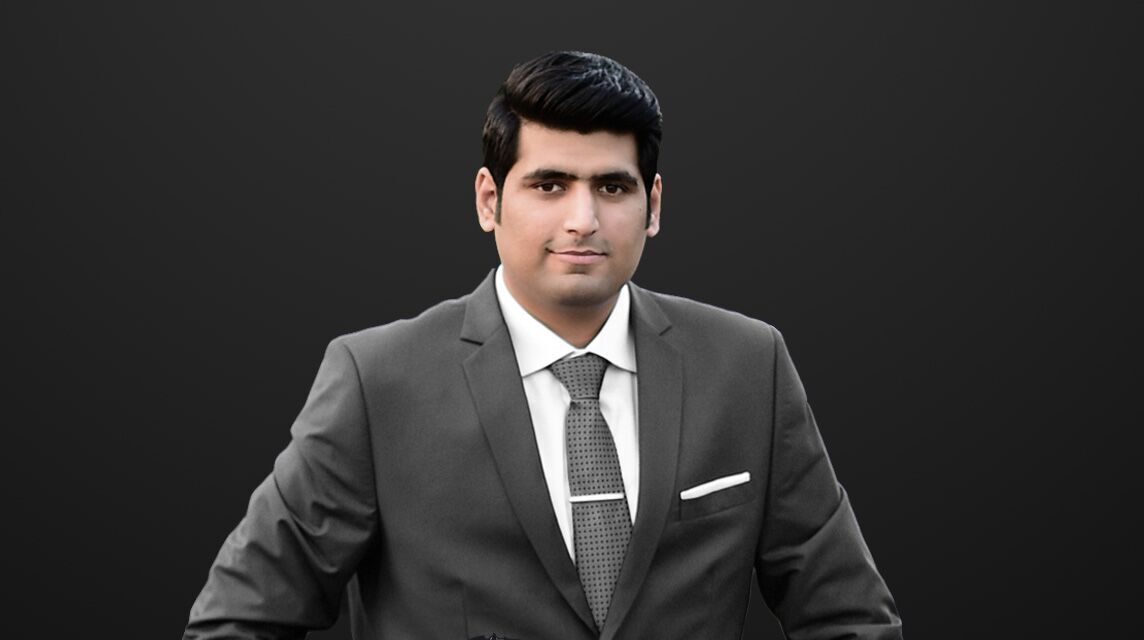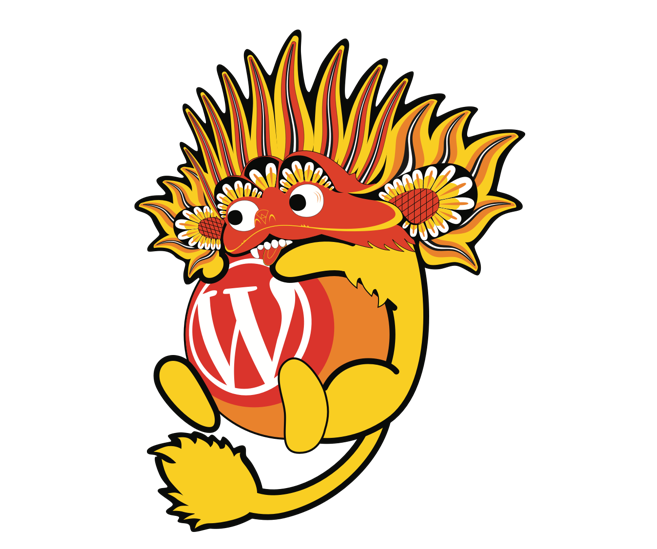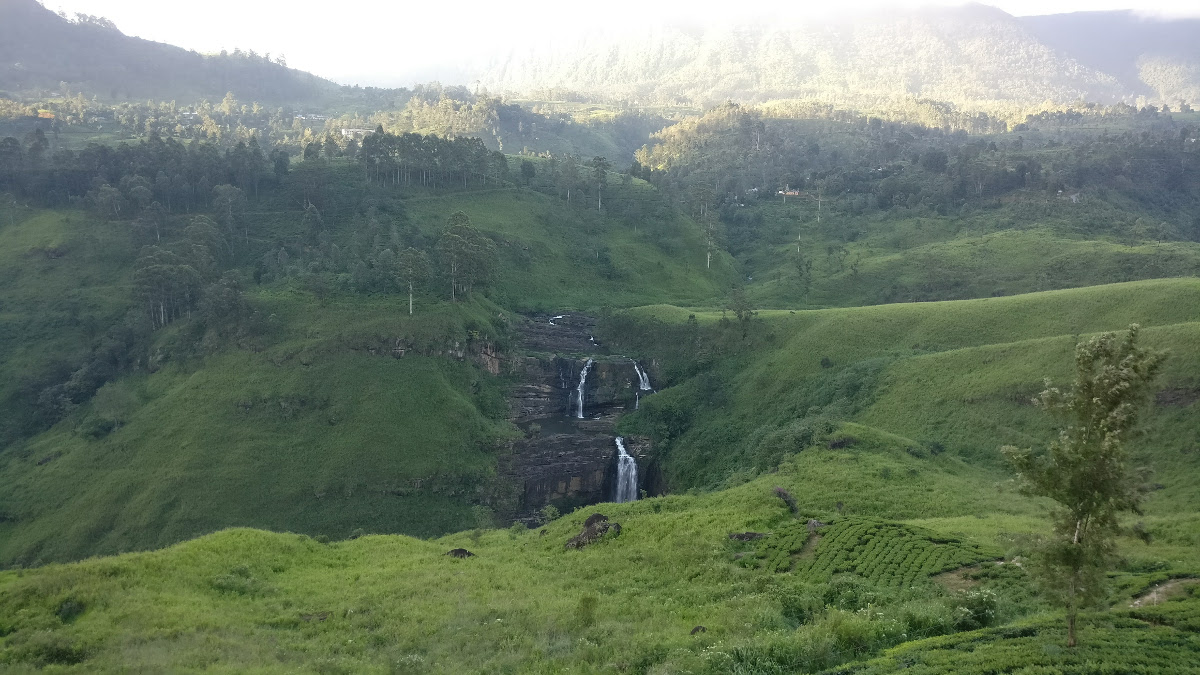
Waterfall near Nuwara Eliya. Photo by author. Camera: OnePlus 3T
WordPress lovers, this is an important date: 23rd September, 2017. Sri Lanka’s inaugural WordCamp will take place on that day, and after the day is over, there’s much more to explore!
This post is a short travel guide to help travelers from outside Sri Lanka make the most of their visit.
Obtaining a Business Visit Visa
You will need a business visit visa to travel to WordCamp Colombo 2017, unless you are a citizen of the following countries:
- Maldives
- Singapore
- Seychelles
Source: http://www.eta.gov.lk/slvisa/visainfo/excem.jsp?locale=en_US
Visit the website of Sri Lanka’s Department of Immigration & Emigration, to start applying for a 30-day business visit visa, which is technically called “Electronic Travel Authorization (ETA)”. Click on the Apply tab and then check ‘I Agree’, which will then reveal visa forms. Please remember, you will need to have your return tickets and recent bank statements ready, in case the immigration officer would like to see these.
On the visa forms page, go to Business Purpose ETA > Apply for an Individual and fill out the relevant details. For the section “Contact Details of the Sri Lankan Company”, please add the following:
Company Name: Laccadive IO (Pvt) Ltd.
Address Line 1: 20, Fernando Road, Colombo 06
City: Colombo
(Laccadive IO is the web development agency run by yours truly, one of the organizers of this event.)
If all goes well, you should be emailed your ETA within 24 hours.
Make sure you have a ballpoint pen (perhaps a rarity these days) ready to fill out the immigration form at Colombo airport. Perhaps carry a few extra ones to lend to fellow travelers!
Near the immigration counter, don’t forget to collect your free Dialog SIM with a small amount of talk time already added.
Places to Stay
WordCamp Colombo 2017 will be at Bandaranaike Memorial International Conference Hall (BMICH), in the heart of Colombo. Thus, you can stay pretty much anywhere in Colombo and get to it in about 30 minutes of travel (at non office-rush times). However, to make things easier, here are a number of hotels that are close to the venue, with rough travel times and (tuk tuk rates).
Colombo Courtyard – 4 star hotel – 10 – 20 minutes from the venue (Rs. 200)
Clock Inn Colombo – 2 star hotel – 10 – 20 minutes from the venue (Rs. 200)
Lanka Hostels Colombo – 2 star hotel – 10 – 20 minutes from the venue (Rs. 200)
Cinnamon Red – 3 star hotel – 15 – 30 minutes from the venue (Rs. 300)
Hotel Janaki – 3 star hotel – 15 – 30 minutes from the venue (Rs. 300)
Fairway Colombo – 3 star hotel – 15 – 30 minutes from the venue (Rs. 300)
Please do not take these links as an endorsement of any of these hotels, by WordCamp Colombo 2017. We recommend you do your own research before booking them!
The Venue
Our venue is the iconic Bandaranaike Memorial International Conference Hall (BMICH). Many high-profile events have been held at this venue, including the 5th Non-Aligned Movement Summit in August 1976, the Commonwealth Heads of Government Meeting 2013 and the World Conference on Youth 2014.
Getting to BMICH is one of the easiest things you can do once you are in Colombo. From the airport, you can simply call a Kangaroo Cab or hail an Uber. Within the city, you can choose between Uber, Kangaroo Cabs and three wheeler tuk-tuks. Tuk-tuks can be found at every street corner, but you must insist on using the meter. In rare cases of a non-functional meter, you are at the mercy of arbitrary surge pricing!
Done with the WordCamp. Can I Explore Sri Lanka?
Yes. You will be on an enchanting island, and your journey certainly isn’t going to start and end with the WordCamp.
Colombo
The venue of the WordCamp and Sri Lanka’s capital city, Colombo, is a modern metropolis. Yet, the city won’t fail to take you down the lanes of history with its museums, old and new, and medieval temples, churches and mosques.
To begin with, the BMICH itself is a great landmark, and you should already have been awestruck.
Sri Lanka Air Force Museum
If you love aviation, the Sri Lanka Air Force Museum in Ratmalana (a suburb of Colombo) needs to be on your checklist. The amazing vintage planes and helicopters of several decades ago will surely tax your camera’s batteries. You can even climb on to some of the old aircrafts’ cockpits and cabins for the 1960 experience.
View on Google Maps
The National Museum
The National Museum displays stunning artefacts dating back to the 17th century. This museum is among the top cultural institutions in the country, and elegantly chronicles Sri Lanka’s cultural heritage.
View on Google Maps
Galle Face Green
How about a breezy evening watching rough waves crash onto the shoreline? If you’d love this, the Galle Face Green is for you. This location has a wide expanse and promenade for evening walkers. If you love sea food, you might want to check out the mouth watering fried snacks served at little stalls across the Galle Face Green.
View on Google Maps
Laksala
I’m sure you will want to take back gifts and souvenirs as lasting memories of your visit. For that, Laksala is the best place I can recommend. A government run chain of stores, Laksala offers handicrafts, leather goods, dresses, jewelry, kitchenware, soft toys, exotic varieties of tea and much more. Visit their store locator/website to find out the store nearest to you: http://www.laksala.gov.lk/store-locator.php
View on Google Maps
Sri Jayewardenepura Kotte Bird Sanctuary
For nature lovers, there’s Sri Jayewardenepura Kotte Bird Sanctuary. This sanctuary is located close to Sri Lanka’s Parliament Complex, and is home to several species of birds, animals and insects native to Sri Lanka. The area also plays host to several migratory birds.
View on Google Maps
Mt. Lavinia Beach
Looking for a great beach to relax while in Colombo? Mt. Lavinia beach should be your destination. The seas may be rough, so swimming may not always be safe. If you do wish to swim, ensure that fellow tourists are around swimming close by. A great time to visit is near sunset for some breathtaking pictures.
NOTE: Be careful while crossing the railway tracks to get to the beach.
View on Google Maps
Beyond Colombo
Sri Lanka has delightful tourist destinations beyond Colombo as well, and every major town and city is well connected by rail and road. You should absolutely check out these places too, if you can:
Galle
Galle is located 119 km south of Colombo. The biggest attraction here is the Galle Fort, a UNESCO World Heritage Site. Originally built by the Portuguese in the 16th century, it was expanded and further fortified by the Dutch rulers in the 17th century. It is a walled enclave, ideal for trekking backpackers. The seafront at the fort is good for watching beautiful sunsets.
View on Google Maps
Kandy
Kandy is located in central Sri Lanka, about 150 km north-east of Colombo. Key attractions include the Ceylon Tea Museum, the World Buddhist Museum, numerous old temples and a palace. Nature lovers can visit the Kandy Lake, a fine location for a leisurely stroll.
View on Google Maps
Nuwara Eliya
Nuwara Eliya is a hill station in central Sri Lanka, about 165 km east of Colombo. This town is nestled within densely forested slopes and hillside tea plantations. It is a great destination for a pleasant getaway, but make sure you are prepared for the chilly winds, with warm clothing.
View on Google Maps
Yala National Park
Yala National Park is 300 kilometers south east of Colombo. This national park is extremely popular among tourists wanting to catch a glimpse of the animals, birds and reptiles endemic to Sri Lanka.
UPDATE (11/08/2017): Yala National Park will be closed from September 1 to October 15 owing to the peak of the drought season, and the need for authorities to attend to development work. Instead, for a wildlife safari experience you could visit Willpattu National Park, about 170 km north of Colombo. Check out their website for more details and cool photos: http://www.wilpattunationalpark.com/
View on Google Maps
Don Your Explorer’s Hat!
This post is just a short account of the vast many sights and sounds you can experience in Colombo and the rest of the island country. If you need more information, look up these links to add even more destinations to your itinerary:
- https://www.lonelyplanet.com/sri-lanka
- https://www.tripadvisor.com/Tourism-g293961-Sri_Lanka-Vacations.html
If you need specific guidance with travel arrangements, please get in touch with us via our website, or Facebook page.
Watch out for more blog posts on their way!
